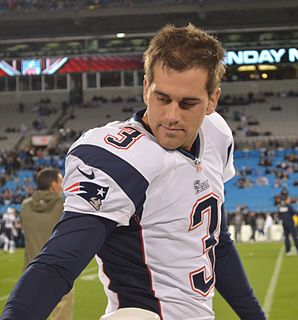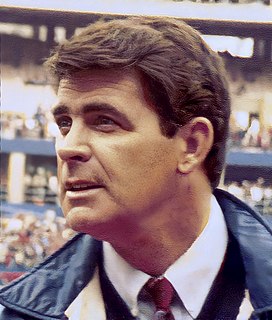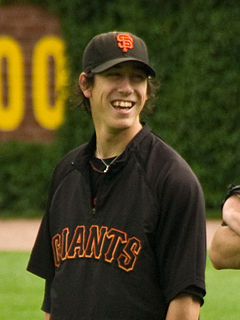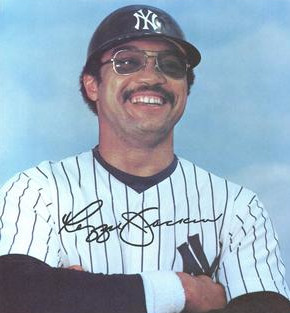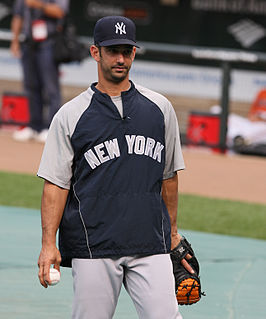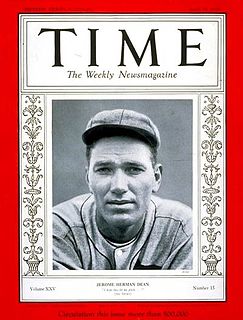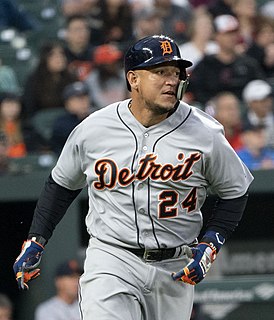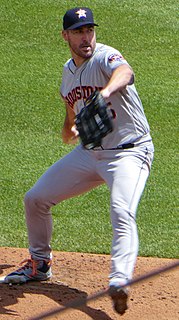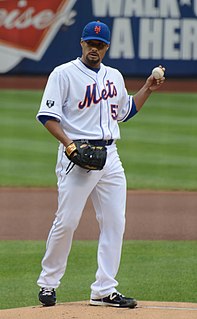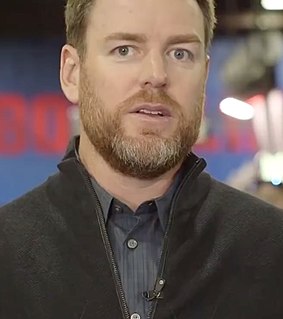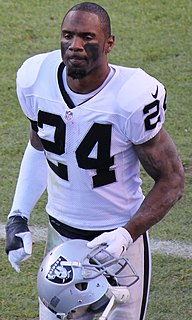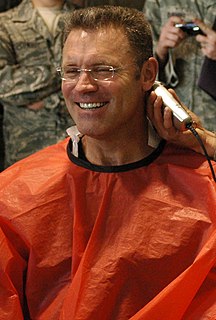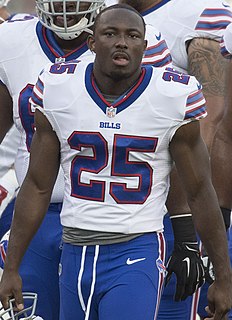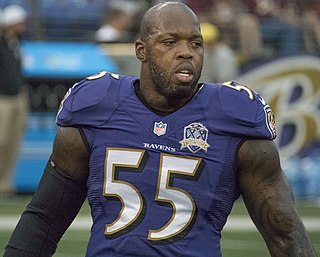A Quote by Stephen Gostkowski
I threw a good fastball and changeup, but a below-average curveball.
Related Quotes
I threw a lot more curveballs in college and the minor leagues. Up here, they're looking for that pitch. A curveball is more recognizable out of the hand than a fastball or changeup. They're taking them or hitting the mistakes I make with them. I don't want it to be so recognizable. I'll have to work with that because that was my pitch.
I'm the kind of guy who, if I look inside and they throw me a fastball outside, and it's a strike, I'm going to swing. Everything in the strike zone, I'm going to swing. Doesn't matter if it's a fastball, changeup, breaking ball. If it's in the strike zone and it's something you like, you've got to swing.
Your earning ability is largely determined by the perception of excellence, quality, and value that others have of you and what you do. The market only pays excellent rewards for excellent performance. It pays average rewards for average performance, and it pays below average rewards or unemployment for below average performance.
